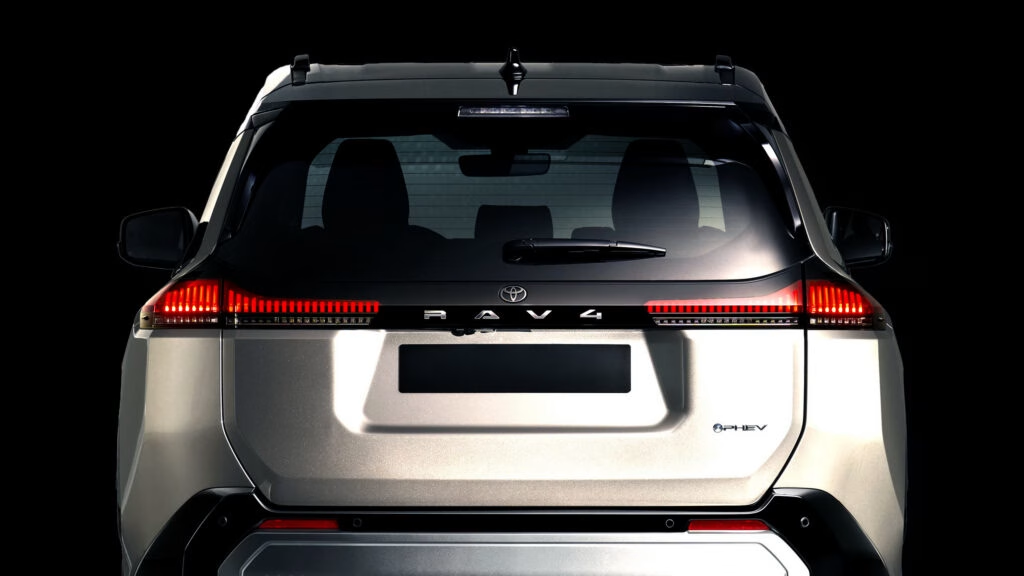Toyota is making waves in the automotive world with its strategic pivot towards plug-in hybrids (PHEVs). While many manufacturers have been racing to fully electric vehicles, Toyota has taken a more measured approach, expanding its hybrid lineup and introducing PHEVs alongside a few electric models. This decision has drawn both criticism and praise, but as the market dynamics shift, it seems Toyota’s strategy may be paying off.
Why the Shift to Plug-In Hybrids?
The automotive landscape is evolving, and electric vehicle (EV) adoption hasn’t been as rapid as many anticipated. In fact, some automakers have had to scale back their ambitious electric plans due to slower-than-expected sales. This has led Toyota to reassess its strategy, aiming for a significant increase in PHEV sales. The company has set an ambitious goal: to have 20% of its U.S. sales come from plug-in hybrids by 2030. Currently, PHEVs account for just 2.4% of those sales, but there’s a clear push to change that.
Toyota’s existing PHEV offerings, including the Prius and RAV4, have laid a solid foundation. The company is also exploring expanding its PHEV lineup across its range, with models like the Lexus RX, NX, and TX already in the mix. David Christ, Toyota’s North American boss, has indicated that they are committed to increasing the electric-only range of these vehicles, making them more appealing to consumers.
What’s Next for Toyota’s PHEV Lineup?
While specific details about future models remain under wraps, the potential for a plug-in hybrid version of the Toyota Grand Highlander is particularly intriguing. This vehicle could utilize the same powertrain as the Lexus TX 550h+, featuring a robust 3.5-liter V6 engine paired with two electric motors and a substantial battery pack. This combination could deliver impressive performance—404 horsepower and an electric-only range of 33 miles.
However, despite the logical appeal of introducing a Grand Highlander PHEV, Toyota officials have downplayed this possibility, expressing confidence in their existing hybrid options. This cautious approach reflects Toyota’s broader strategy of not rushing into the electric-only market, which has proven to be a gamble for some competitors.
Consumer Perception and Education
One of the hurdles Toyota faces in boosting PHEV sales is consumer perception. A surprising statistic from a 2021 study revealed that 75% of consumers mistakenly believed that hybrids needed to be plugged in. This misunderstanding highlights a significant gap in education that Toyota must address. As the company ramps up its PHEV offerings, effective communication about the benefits and functionalities of these vehicles will be crucial.
Interestingly, despite the challenges, Toyota and Lexus have seen a 39% increase in PHEV sales over the past year. This uptick suggests that as consumers become more familiar with the technology, interest in PHEVs is growing. However, the company recognizes that ongoing education is essential to fully capitalize on this trend.
The Road Ahead for Toyota
Toyota’s cautious yet strategic approach to electrification is a testament to its adaptability in a rapidly changing market. By focusing on PHEVs, the company is not only addressing current consumer preferences but also preparing for a future where hybrid technology plays a significant role alongside fully electric vehicles.
The big takeaway? Toyota’s journey into plug-in hybrids isn’t just about keeping pace with the competition—it’s about making smarter adjustments based on market realities. If you’re considering a new vehicle, keep an eye on Toyota’s evolving lineup. You might just find the perfect blend of efficiency and performance that suits your lifestyle. Start exploring your options today, and you’ll likely spot the difference in your driving experience before long.

